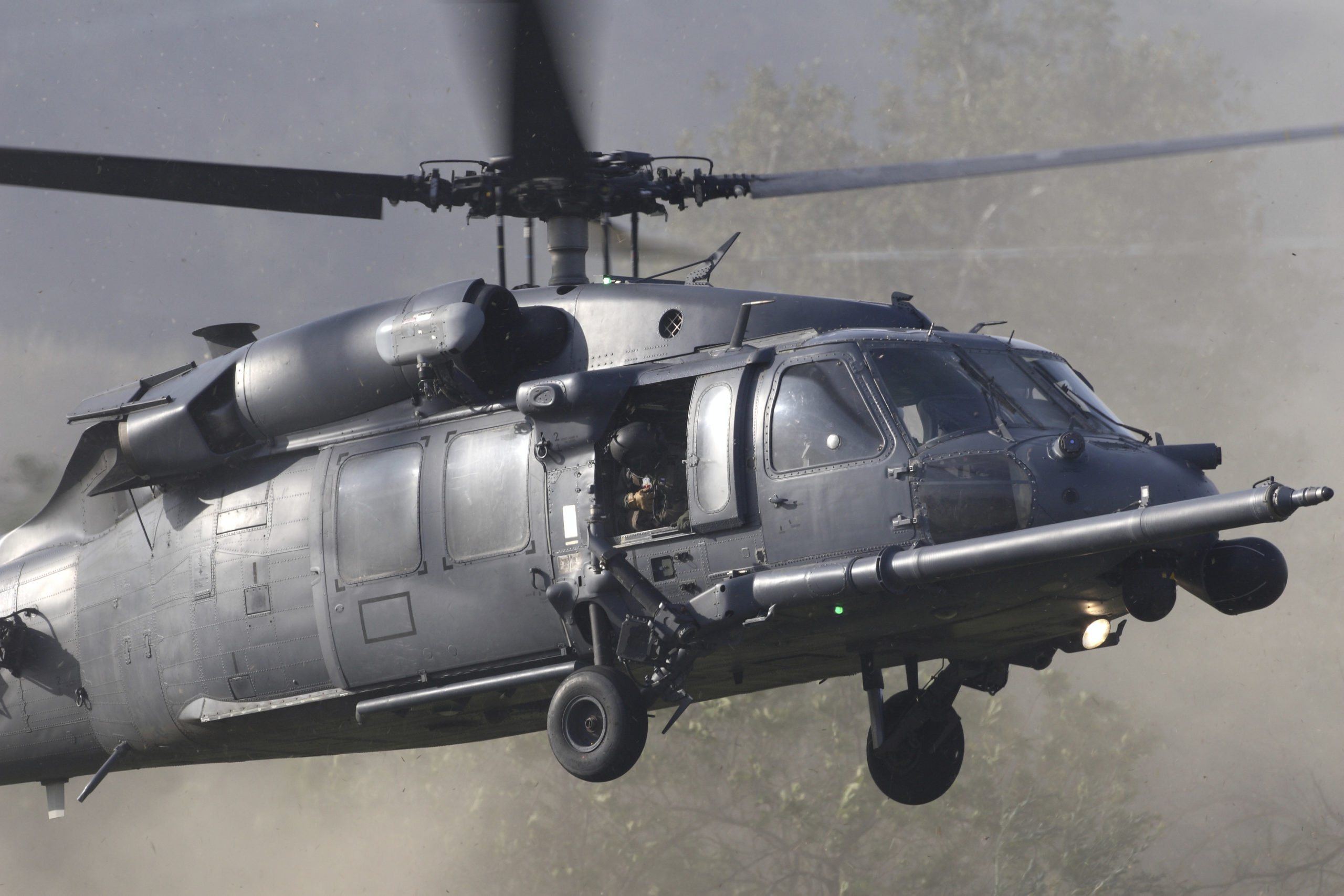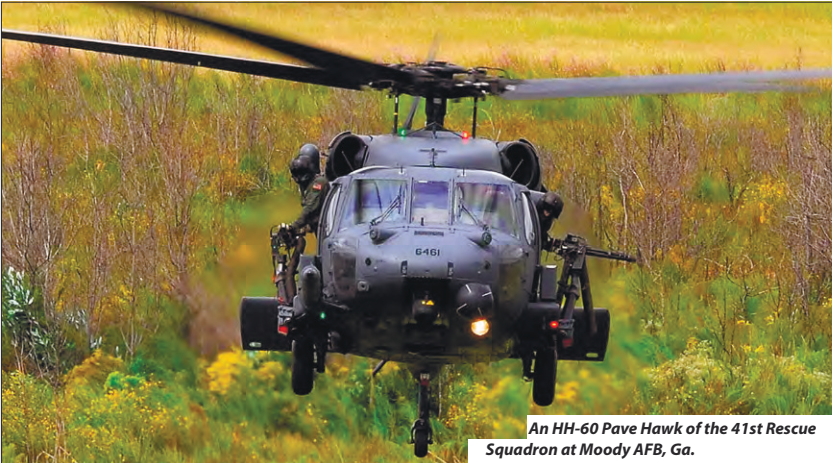UH 60: A Comprehensive Guide to Its Features and Military Applications
UH 60: A Comprehensive Guide to Its Features and Military Applications
Blog Article
Every Little Thing You Need to Find Out About the UH 60 Helicopter
The UH-60 helicopter, a keystone of U.S. Military aviation considering that its launching in 1979, represents an exceptional mix of design and functional convenience. As army demands evolve, so also does the helicopter, with recurring advancements aimed at boosting its capabilities and integrating modern-day innovations.
Background of the UH-60
Developed in the late 1970s, the UH-60 Black Hawk helicopter became a feedback to the united state Military's need for a versatile utility helicopter that might execute a variety of missions under challenging conditions. The catalyst for its design was the shortcomings determined in the earlier helicopters utilized throughout the Vietnam War, specifically in terms of rate, maneuverability, and survivability.
The Black Hawk was developed by Sikorsky Airplane, including advanced technologies and materials to enhance its efficiency and resilience. It was officially introduced right into solution in 1979, swiftly coming to be a critical property for armed forces operations - uh 60. Its capability to transfer troops, medical discharge, and logistical support in both battle and altruistic missions made the Black Hawk a very useful component of the U.S. Military's air travel fleet
Throughout the decades, the UH-60 has been constantly upgraded, adjusting to the altering nature of warfare and the progressing needs of modern-day armed forces operations. Its functional history includes engagement in significant disputes, peacekeeping missions, and calamity alleviation initiatives, solidifying its online reputation as a reliable and reliable helicopter in different environments worldwide.

Layout and Specs
The design of the UH-60 Black Hawk helicopter regularly shows a commitment to functional performance and flexibility. Established by Sikorsky Aircraft, this medium-lift energy helicopter features a smooth, wind resistant fuselage that boosts speed and ability to move. Its tandem blades system, defined by 2 counter-rotating blades, reduces resonance and enhances lift capacity, enabling for more secure operations in diverse settings.
The UH-60 is powered by 2 T700-GE-701C turboshaft engines, offering a maximum rate of roughly 180 knots and a variety of around 400 maritime miles. Its robust airframe is constructed from sophisticated composite materials, making certain sturdiness while keeping a relatively low weight. The helicopter has a maximum gross weight of about 22,000 pounds, sustaining a functional haul arrangement.

Functions and Missions
A versatile platform, the UH-60 Black Hawk helicopter offers a multitude of functions and goals within armed forces operations. Made mainly for army transportation, it is capable of lugging as much as 11 soldiers, making it an essential asset for fast implementation and logistical assistance.
Along with army transport, the UH-60 masters medical discharge (MEDEVAC) missions, furnished with advanced medical equipment to offer critical care during transit. Its capability to run in diverse atmospheres enhances its efficiency in battle search and rescue (CSAR) procedures, where quick removal of employees is vital.
The helicopter also plays a considerable role in reconnaissance and security goals, utilizing onboard sensors and devices to gather intelligence. Its versatility extends to logistical assistance, qualified of transferring supplies and equipment to forward operating bases.
In fight procedures, the UH-60 can be furnished with numerous tool systems, enabling it to offer close air support. Its multi-role capability makes the Black Hawk an indispensable tool for modern-day military forces, adjusting effortlessly to the progressing demands of field of battle situations and guaranteeing goal success throughout an array of functional contexts.
Performance and Abilities
Understood for its robust efficiency, the UH-60 Black Hawk helicopter boasts impressive capabilities that boost its operational performance across wikipedia reference various missions. uh 60. This multi-role airplane is geared up with powerful twin-engine Turbomeca Arriel 1D1 engines, supplying outstanding speed and ability to move, with a maximum cruise ship rate of around 150 knots and an operational variety of around 400 nautical miles
The Black Hawk's innovative avionics and fly-by-wire control systems considerably boost flight safety and handling, enabling my site it to run in diverse settings, including adverse climate condition. Its adaptability is further exhibited by its ability to lug approximately 11 completely geared up soldiers or a payload of around 8,000 pounds, making it suitable for army transport, clinical evacuation, and logistical assistance goals.
Additionally, the UH-60 is created for survivability, featuring enhanced airframes, ballistic protection for staff and guests, and advanced countermeasure systems to escape hazards. The helicopter's dexterity and speed, incorporated with its capacity for fast deployment, make it a crucial possession in modern-day army operations, guaranteeing that it continues to be a key element of tactical air support and field of battle movement.
Future Advancement

One substantial focus is the integration of innovative avionics systems, which will boost situational understanding through boosted navigation and interaction abilities. This consists of the prospective use of fabricated intelligence to aid pilots in decision-making and objective planning.
In addition, future variations might integrate advanced products and style features to strengthen the helicopter's longevity and lower its radar trademark, improving survivability in opposed atmospheres.
The introduction of hybrid-electric propulsion systems is additionally on the perspective, aiming to improve fuel effectiveness and minimize logistical problems. Such advancements can expand functional array and minimize the helicopter's environmental footprint.

Conclusion
The UH-60 helicopter represents a considerable improvement in army aeronautics since its intro in 1979. Its robust design, functional capacities, and constant upgrades ensure its significance in numerous functional functions, including army transportation and medical evacuation. As modern technology advances, future developments will likely boost its performance through the assimilation of fabricated intelligence and hybrid-electric systems. The UH-60's enduring visibility highlights its vital function in modern armed forces operations and highlights the recurring evolution of army air travel modern from this source technology.
The UH-60 helicopter, a keystone of U.S. Army aeronautics because its launching in 1979, stands for an amazing mix of design and operational adaptability. As army demands progress, so also does the helicopter, with recurring developments aimed at improving its capacities and incorporating modern technologies.The style of the UH-60 Black Hawk helicopter continually reflects a commitment to operational performance and versatility. Developed by Sikorsky Aircraft, this medium-lift utility helicopter features a streamlined, wind resistant body that enhances rate and maneuverability.The UH-60 helicopter represents a significant development in armed forces air travel given that its intro in 1979.
Report this page